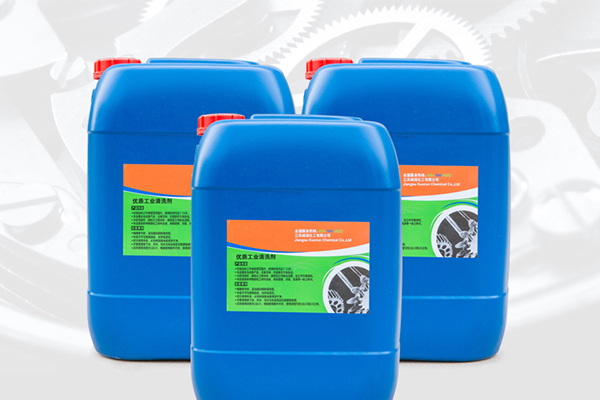PCB board wash water is mainly used in the electronics industry to remove flux, rosin, solder slag, ink, handprints, etc. from circuit boards and SMT stencils. And the use of ultrasonic cleaning machine or other cleaning equipment to clean PCB and other electronic products, also need to wash the board water. This article focuses on the mainstream of the market and how to choose the board wash water.
What are the disadvantages of board washing water?
Various categories and materials of HCFCs are now on the banned and restricted use list. It is not recommended to use HCFC-based solvents as board wash water in the production process of electronic circuit board components, otherwise it will bring environmental risks to manufacturers and harm the physical and mental health of operators.
Washing board water choice 1: water-based cleaning agent
Water-based cleaning process using water as a cleaning medium. To improve the cleaning effect, a small amount of surfactants, washing additives, corrosion inhibitors and other chemicals can be added to the water (the general content of 2%-10%).
According to the specific circumstances of different contamination on the printed circuit board, the additives in the water-based cleaning agent can make cleaning applications more extensive.
In the water-based cleaning process, if used in conjunction with ultrasonic cleaning machine, the use of ultrasonic waves in the cleaning solution to produce a large number of small bubbles “cavitation effect”, can effectively remove insoluble dirt on electronic equipment. Considering the printed circuit boards, electronic components and ultrasonic compatibility requirements, the printed circuit board cleaning ultrasonic frequency used in general at about 40KHz.
Aqueous cleaning process includes three processes: cleaning, rinsing and drying. First, the use of water-based cleaning agent concentration of 2%-10% with heating, brushing, spraying, ultrasonic cleaning and other physical cleaning methods, the printed circuit board for batch cleaning, and then use pure water or ionized water (deionized water) 2 times – rinse 3 times, and then blow dry with hot air.
Board wash water option 2: hydrocarbon cleaner
Hydrocarbon cleaning water can be used for manual scrubbing and local surface treatment wipe, but to ensure that the working environment in the air, the concentration of the standard value within the range.
Hydrocarbon cleaning agent has several characteristics.
(1) cleaning power than chlorofluorocarbon cleaning power is weaker.
(2) High safety risk, especially flammable and explosive safety risk, especially in the case of high air content.
(3) boiling point is very low, fast volatility, high consumption, the cost increases accordingly.
Washing water selection 3: organic solvents
Solvent cleaning process is relatively simple. You just need to use the same solvent cleaner for cleaning and rinsing. Since solvent cleaners are mostly very volatile, so no special drying process is required. After the solvent is used up, it can be separated from the dirt and recovered by distillation, which not only reduces the cost, but also makes waste liquid disposal relatively simple.
Solvent cleaning process includes the following.
1. ultrasonic plus immersion cleaning – spray cleaning – gas phase rinsing and drying
2. solvent heating immersion cleaning – cold rinsing – spray cleaning – gas phase rinsing and drying
3. Gas-phase cleaning – ultrasonic plus immersion cleaning – cold rinsing – gas-phase rinsing and drying
4. Gas phase cleaning – spray cleaning – gas phase rinsing and drying
With the development of science and technology, board washing water updates, industry cleaning into a new era, the use of semi-hydrated, full water to replace the traditional water wash process, the formation of a new material and process form to meet the industry’s requirements for electronic circuit board component cleaning.
And with the development of industrial equipment, the use of ultrasonic cleaning equipment combined with the board washer water cleaning is a successful PCB cleaning program, can be strong and powerful to ensure the electrical safety and reliability of PCB circuit boards and stable performance.



